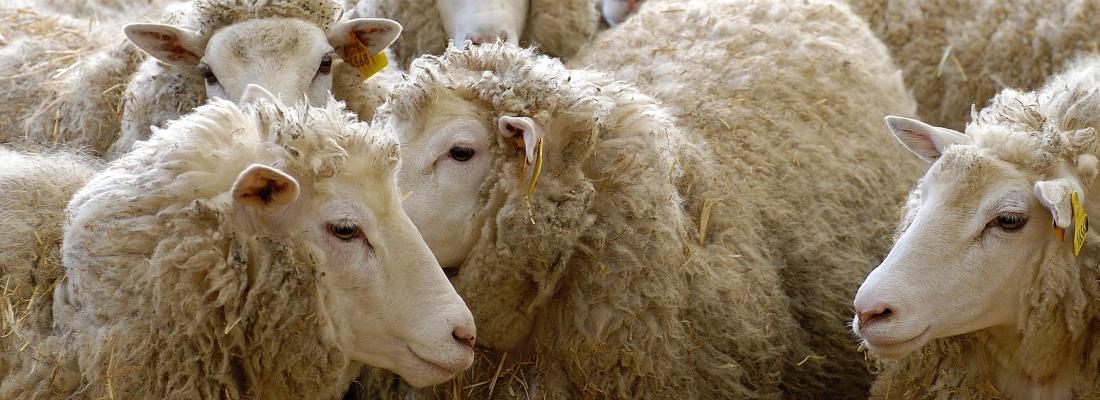Agroecology Reading time 2 min
Variation of ewe olfactory secretome during a ram effect
Published on 24 February 2023

Under temperate latitudes, reproduction in Ovis aries displays a marked seasonality, governed by the photoperiod. In natural conditions, the transition between sexual rest and sexual activity in both sexes is induced by the decrease of daylight. Meanwhile, specific odors emitted by a sexually active male are able to reactivate the gonadotropic axis of anovulatory ewes.
This physiological effect is called a “male effect”, precisely a ram effect in the ovine species. We have previously shown that the secreted proteins, namely Olfactory Binding Proteins (OBP), contained in the nasal mucus constitute the olfactory secretome (OS), the composition of which is determined by the status of oestrus cycle of females and differs between sexual rest and sexual activity periods. The objective of this study was to test the hypothesis that exposure to a sexually active male can also modify the composition of ewes olfactory secretome during a male effect, as well as hormones produced by the reactivation of the oestrus cycle in sexual activity period under natural conditions.
We have set up a new non-invasive protocol of nasal mucus sampling and collected it from 12 ewes at different times during a ram effect. We analyzed the composition of their olfactory secretome by proteomics, mainly SDS-PAGE and MALDI-TOF mass spectrometry. As post-translational modifications of OBPs were a hallmark of ewes’ sexual activity period, we were looking for glycosylation by western-blot and mass spectrometry.
The efficiency of male effect was low in stimulated ewes as only 3 females displayed elevated progesterone levels in their blood. Besides, half of control ewes (non-stimulated ones) were cycled. We noticed a common OS profile in ewes in anoestrus, versus OS of cycled ones. A very clear and important result was the apparition of O-GlcNAcylation, previously detected only in sexual activity, after only 30 min of introducing a male into the flock.
This exploratory study paves the way for further experiments with a larger flock to confirm and reinforce these results, and for eventually exploiting the nasal mucus as an indicator of females’ receptivity to male odors.
Cann P, Le Danvic C, Porte C, Chesneau D, Keller M, Nagnan-Le Meillour P. Variation of ewe olfactory secretome during a ram effect. Front Vet Sci. 2023 Jan 9;9:1033412. https://doi.org/10.3389/fvets.2022.1033412
